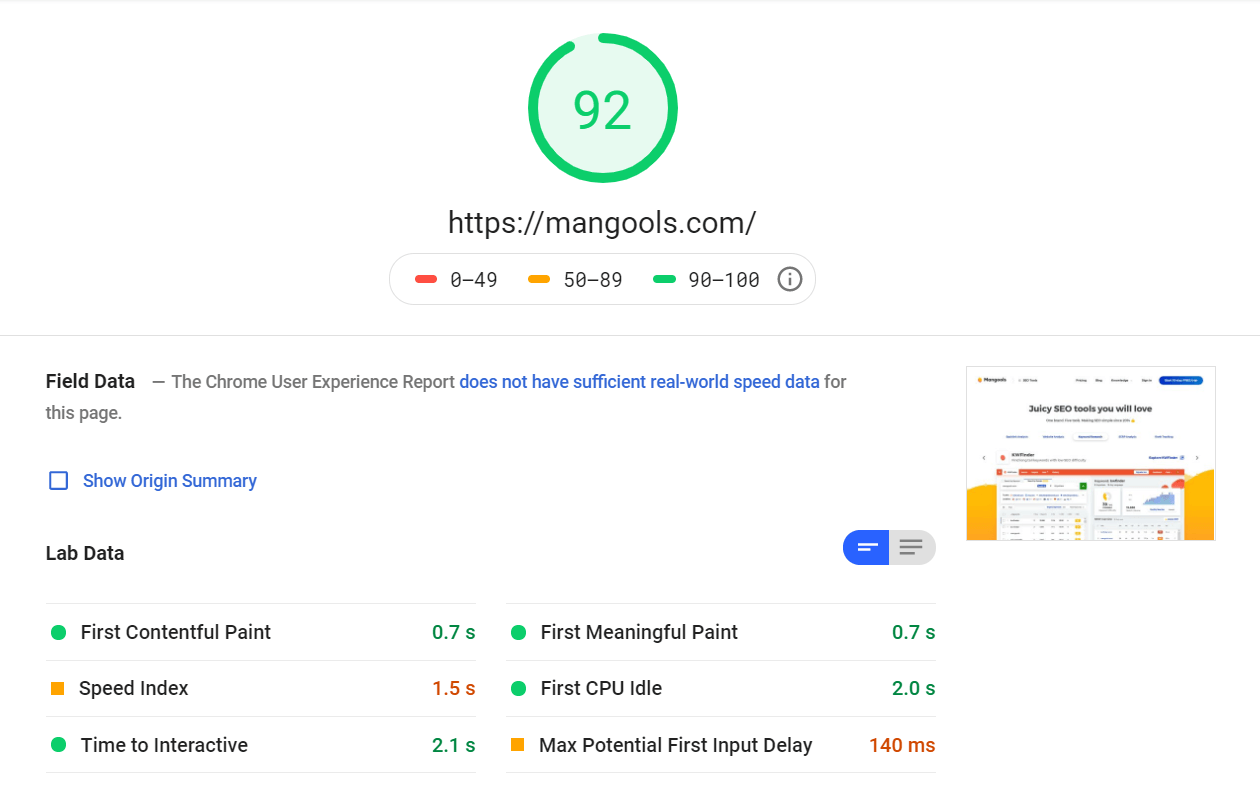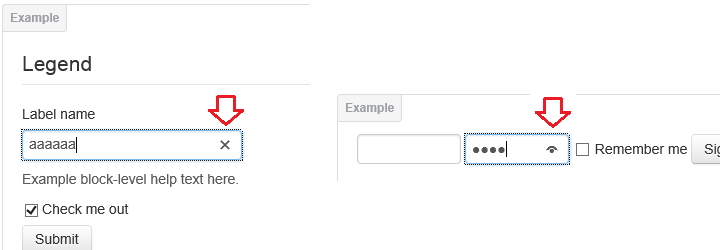The plugin will use the native file input to store files and it can be read after a normal FORM submission . This is useful for single file uploads OR simpler scenarios of multiple file uploads. Configuration is straightforward as you can read all data POSTED from a native form submission. However, note that the native file input is read only and cannot be modified or updated by external code. Especially for multiple file input selections, ONE cannot append files to an already selected file list. If one tries to select files on an already selected file input, it will overwrite and clear the previous selection.
Similarly, one cannot selectively remove/delete files that have been added before upload in this mode. In this mode, the uploadAsync property is set to false. This will trigger just one batch upload call to the server and send files from client to server as an array object.
Even in this mode, you can control the maximum number of files allowed at a time to be uploaded by setting the maxFileCount property. However, in synchronous mode, progress will be only at a overall level. Progress of each thumbnail in the preview is not exactly validated and updated. However, the plugin offers you a method of displaying upload errors encountered for each file.
An enhanced HTML 5 file input for Bootstrap 5.x or Bootstrap 4.x or Bootstrap 3.x with file preview for various files, offers multiple selection, and more. The plugin allows you a simple way to setup an advanced file picker/upload control built to work specially with Bootstrap CSS3 styles. It enhances the file input functionality further, by offering support to preview a wide variety of files i.e. images, text, html, video, audio, flash, and objects. In addition, it includes AJAX based uploads, dragging & dropping files, viewing upload progress, and selectively previewing, adding, or deleting files. In this mode, you MUST SET the uploadUrl property to a VALID ajax processing server action/URL.
If the uploadUrl is set, then the plugin automatically assumes an ajax upload for the scenario. The plugin offers advanced features for ajax submission that is not available in form submission. Features like appending/removing files in preview zone, getting a progress bar for your uploads, image resizing etc. are all possible ONLY IN THIS mode. Your browser must support HTML5 FormData/XHR2 for this to work and your server code that processes the ajax call must return a valid JSON response. When a user changes the value of an input field or submit the form, the client-side validation JavaScript will be triggered. On submitting this form, we are calling jQuery function to validate the size of the uploaded file.
This is the default mode, whereby the uploadAsync property is set to true. When uploading multiple files, the asynchronous mode allows triggering parallel server calls for each file upload. You can control the maximum number of files allowed at a time to be uploaded by setting the maxFileCount property. In asynchronous mode, progress of each thumbnail in the preview is validated and updated.
This plugin also allows you to set error messages for different validation rules in a form. You begin by setting the value of themessageskey to an object with key-value pairs for the input fields and the corresponding error messages. Post release v4.0.0, the plugin supports AJAX based uploads using HTML 5 FormData and XHR2 protocol, which is supported in most modern browsers.
It also has inbuilt support for AJAX based file deletion from the server. This thereby allows powerful features to append, add, remove files on the fly. The plugin also has added DRAG & DROP support for ajax uploads.
In the event, the browser does not support FormData or XHR2, the plugin degrades it to a normal form submission. I have for a couple of years been stymed to understand how to effectively load images and then create thumbnails. The overall calling program I am using is a Flex based application which calls this php file to upload user thumbnails. This option is most useful when modifying the options object inside of the "add" or "send" callbacks, as the options are cloned for each file upload. If this option is set to false, the file content is streamed to the server url instead of sending a RFC 2388 multipart message for XMLHttpRequest file uploads. The ajax options processData, contentType and cache are set to false for the file uploads to work and should not be changed.
You can prevent the plugin from validating input fields on key up, click, and other such events by setting the value ofonfocusout,onkeyup, oronclicktofalse. Keep in mind that boolean true is not a valid value for these keys. This basically means that if you want the plugin to validate or lose focus on a key up event, just leave these options untouched. We are using the same attributes that we used in our previousHTML5-based form validation tutorial. The form will still do the validation without us adding any JavaScript.
However, using the plugin for validation will let us show the error messages right below the invalid input field. We'll also be able to style the errors however we want. The HTML form built by the following code contains two input fields username and password. With release v5.0, the plugin supports resumable and chunk uploads. This is a special ajax upload mode that can be activated by setting the enableResumableUpload property to true along with a valid uploadUrl.
When resumable uploads are enabled - the plugin sends files by splitting it into chunks as determined by the properties within resumableUploadOptions. This upload mode is a special variant with additional capabilites than the synchronous and asynchronous uploads. Note that the files selected are sent in a sequence ONE at a time to uploadUrl.
You can configure additional data to be sent for upload via uploadExtraData. This typically is useful to send an upload token for security authorizations. These validation options are similar to the attributes that you can add in the markup of a form. For example, settingrequiredto true will make the element required for form submission. Settingminlengthto a value like 3 will force users to enter at least 3 characters in the text input. There are a few other built-in validation methods which are briefly described on thedocumentation page.
Most validators have default error messages that will be added to the model being validated when its attributes fail the validation. For example, the required validator will add a message "Username cannot be blank." to a model when the username attribute fails the rule using this validator. Drag and dropping of files is supported for form based uploads since release v4.4.8. However for form based uploads it is restricted to browsers like Chrome and Mozilla that support assigning FileList object to the native file input.
By default, files added to the widget are uploaded as soon as the user clicks on the start buttons. The custom validFileType() function takes a File object as a parameter, then loops through the list of allowed file types, checking if any matches the file's type property. I have got an input file upload , need to check which file is uploaded / if no file is selected by the client using jquery. This is based on the assumption that you've already added the required JavaScript files. Adding those lines of JavaScript will make sure that your form is properly validated and shows all the error messages.
In asynchronous mode, you will ALWAYS receive a single FILE on your server action that processes the ajax upload. Basically the plugin will trigger parallel ajax calls for every file selected for upload. You need to write your server upload logic accordingly so that you always read and upload ONE file. Similarly, in the sending data section below, you must return an initialPreview that reflects data only for the single file received.
3 - Drag & drop for form based uploads is supported since release v4.4.8. As an advanced scenario, the plugin allows you to process the ajax upload even if there are no files selected but a valid uploadExtraData is sent with the ajax response. The events filebatchpreupload, filebatchuploadsuccess, filebatchuploadcomplete, or filebatchuploaderror will be triggered in this case.
It will not have any data for the files selected, but will allow the extra data to be sent. Alternatively, you can directly set the plugin options to any input, through HTML 5 data attributes to your input field. Note that for this case, you need to attach the CSS class file to the input. The default add callback submits the files if the autoUpload option is set to true .
It also handles processing of files before upload, if any process handlers have been registered. The add callback can be understood as the callback for the file upload request queue. It is invoked as soon as files are added to the fileupload widget - via file input selection, drag & drop or add API call. If undefined, it is set to the file input fields inside of the widget element on plugin initialization.
The file input field jQuery object, that is listened for change events. Before we can start using the plugin in our fields, we have to include the necessary files in our project. The first is the core file, which includes the core features of the plugin, including everything from different validation methods to some custom selectors. The second file contains additional methods to validate inputs like credit card numbers and US-based phone numbers. Using a jQuery plugin to validate forms serves a lot of purposes.
It gives you additional abilities like easily displaying custom error messages and adding conditional logic to jQuery form validation. A validation library can also help you add validation to your HTML forms with minimal or no changes to the markup. The conditions for validity can also be added, removed, or modified at any time with ease. However, this code will only ever run if you specifically run it.
For instance, you could run it when the user submits a form or wishes to proceed to the next page as a validation step. Validation isn't commonly done this way, and typically delegated to libraries that are more robust. More commonly, you want to react to the checkbox to change something on the page - such as providing other input options.
You may use or implement a validator that supports client-side validation in addition to server-side validation. The piexif.min.js file is the source for the Piexifjs plugin by hMatoba. It is required to be loaded before fileinput.min.js when you wish to auto orient JPEG image files based on their orientation tag. This library is also needed for restoring the exif data to the image files when using the image resize feature of the bootstrap-fileinput plugin. With release 4.0.0, the plugin now also includes inbuilt support for AJAX Uploads and selectively adding or deleting files.
AJAX upload functionality are built upon HTML5 FormData and XMLHttpRequest Level 2 standards. Most modern browsers do support this standard, but the plugin will automatically degrade to normal form based submission for unsupported browsers. You will get ERROR 6 on any attempt to upload file, and file size will be 0. If undefined or empty, the name property of the file input field is used, or "files[]" if the file input name property is also empty. Below code showing how to validate input type file if empty or selected if selected then how to get name of selected file using ID of the input field. In this tutorial, we learned how to take our form validation to the next level using a jQuery plugin.
Using simple JavaScript form validation gives us a lot of additional control over basic HTML validation. For instance, you can easily control how and when different error messages appear when an input is filled with invalid values. Just like rules,messagesrely on the name of the input fields. Each of these input fields will accept an object with key-value pairs as its value. The key in each case is the validation rule which has to be followed.
The value is simply the error message that you want to display if a particular rule is violated. One thing that you should note in the above code is the use ofdependsto conditionally make the weight a required field if the age is over 50. This is done by returningtruein the callback function if the value entered in theageinput field is over 50. Here is an example which uses simple rules to define how the input is validated. Uploading files require server-side integration and security considerationsthis project will never support. We can recommend many, many, many great tools if you're looking for a complete upload solution.
But if you don't already manage your own server-side integration, or if you have no idea what I'm talking about, then this plugin is not for you. You can also explicitly create a Deferred object and call its resolve() method when the asynchronous callback is hit. The following example shows how to validate the dimensions of an uploaded image file on the client-side. Your server method as set in uploadUrl must return back the following response to the plugin for resumable uploads. Not unlike async uploads you cannot just send an empty object. Send back the chunkIndex to identify success and/or the error to identify an error.
For resumable uploads , the thumbnail specific upload button will not be displayed. The uploads will be controlled at the overall batch level, by the internal resumable manager, which allows pausing, resuming, and breaking files into necessary chunks. One therefore cannot upload a specific file thumbnail in this mode, when enableResumableUpload property to true. The plugin will automatically upload the batch of files in a serial sequence in this mode (resuming paused / broken uploads where required). 2 - For both server uploaded files and client selected files at runtime.
If this callback returns false, the file upload request is aborted. If this callback returns false, the file upload request is not started. To upload large files in smaller chunks, set this option to a preferred maximum chunk size. If set to 0, null or undefined, or the browser does not support the required Blob API, files will be uploaded as a whole. Set this option to the location of a redirect url on the origin server , for cross-domain iframe transport uploads. If set, this value is sent as part of the form data to the upload server.
By default, the file input field is replaced with a clone after each input field change event. Here the ready() function is used to make the function available once the document has been loaded. The .on() method in jquery attaches the event handler to the input field . Then we add an event handler to the input field with the event property change which monitors the interaction with elements. At first the function required() will accept the HTML input value through inputtx parameter. After that length property of string, object is used to get the length of the said parameter.





























